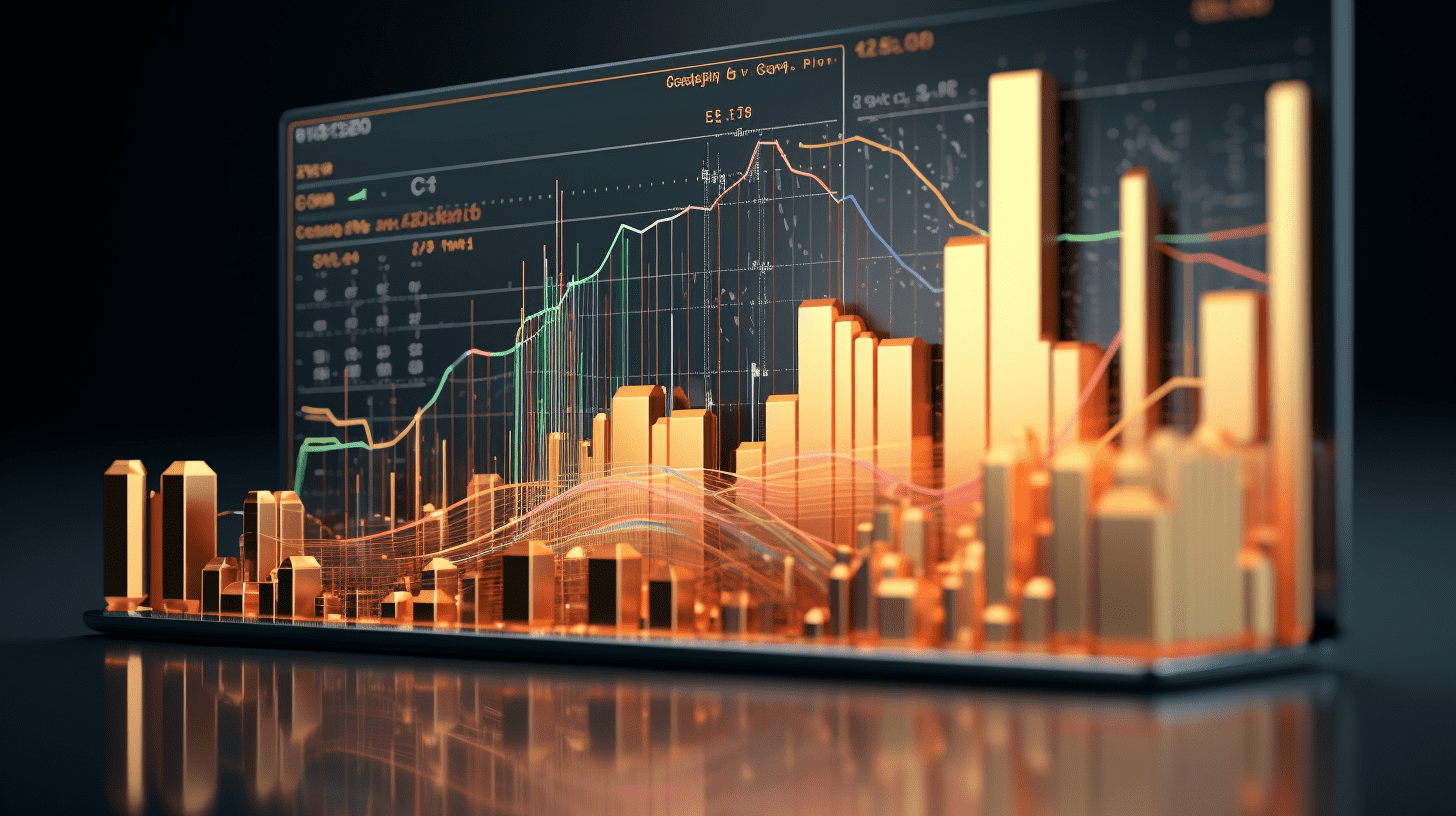Shenwan Hongyuan Group: Is the reshoring of the American manufacturing industry ultimately a "bubble"?
From the data perspective, the added value and employment proportion of the manufacturing industry in the United States have been steadily decreasing, while the proportion of the service industry is increasing. This shows that the US economy is continuously shifting from tangible to intangible, and the manufacturing industry has not experienced a "revival." Since 2009, the improvement in manufacturing employment has been more due to an increase in absolute numbers.
2017-2020TPPNAFTA
2021Buy American
Main Peaks of FDI Inflows; Third, there was a peak in manufacturing plant construction from 2012 to 2016, with computer electronics and chemicals as the main industries.2
Overall, during Trump's first term in office (2017-2020), his manufacturing reshoring policy focused primarily on tax cuts and tariffs, and supported traditional fossil fuels. Under Trump, the iconic tax cut policy, the "2017 Tax Cuts and Jobs Act," reduced the corporate income tax rate from 35% to 21%. He also repealed multiple clean energy laws from the Obama era and instead supported the development of the chemical fuel industry. In terms of trade, Trump implemented punitive tariffs globally, a strategy that is still being continued by the Biden administration.
The effects of Trump's "manufacturing reshoring" policy were more pronounced in the computer electronics and chemical industries. Economically, with the support of tax cuts, the share of value added in the manufacturing industry increased by 0.9 and 1.5 percentage points in the computer electronics and chemical manufacturing sectors, respectively, during Trump's first term. Employment-wise, the share of total manufacturing employment in the food and beverage, chemical, and computer electronics industries increased by 0.8, 0.4, and 0.2 percentage points, respectively, during Trump's four-year term.
During Biden's term (2021-2024), the US manufacturing reshoring policy retained the characteristics of the Obama era, focusing on infrastructure and clean energy, but Biden emphasized providing industrial subsidies to the manufacturing industry, as reflected in Biden's "three major bills": the infrastructure bill, the chip bill, and the inflation reduction bill. The total spending on the three bills is approximately $1.2 trillion, with the infrastructure bill accounting for around $550 billion, directed towards roads, bridges, railways, broadband, and power facilities.
Looking ahead to the future, the question remains whether US manufacturing reshoring is sustainable. Despite the assistance provided by manufacturing reshoring policies in the post-pandemic recovery, the long-term challenges of a strong dollar and high costs remain for the US manufacturing industry. Addressing these challenges will be crucial for ensuring the continued development and reshoring of the manufacturing sector in the US.In order to balance the trade deficit, the global competitiveness of the US manufacturing industry may become lower, and in the end, it may not foster new economic growth momentum, but instead become "inefficient capacity" of the US economy. From the cost perspective, whether it is labor costs or output costs, China has a greater advantage over the United States, and the lower than expected reshoring of manufacturing industry driven by the Biden administration in the past two years is an example.Risk Warning:
1. Escalation of geopolitical conflicts. The conflict between Russia and Ukraine has not yet ended, and tensions have risen again between Israel and Palestine. Geopolitical conflicts may exacerbate fluctuations in oil prices, disrupt the global "de-inflation" process, and expectations of a "soft landing."
2. Slowdown in the US economy exceeds expectations. Pay attention to risks of weakened employment and consumption in the United States.
3. The Federal Reserve turns "hawkish" again. If US inflation shows greater resilience, it may affect the future pace of Federal Reserve rate cuts.
Source: Shenwan Hongyuan Group Macro; Edited by GMTEight: Liu Xuan.
Related Articles

SINOHYTEC (02402) completed the placement of a total of 8.88 million shares, raising a net amount of HK$198 million.

TSUGAMI CHINA (01651) spent 4.2252 million Hong Kong dollars to repurchase 130,000 shares on December 23rd.

Deputy General Manager Yu Min and core technical personnel Fang Chuan resign from SinoHytec (02402).
SINOHYTEC (02402) completed the placement of a total of 8.88 million shares, raising a net amount of HK$198 million.

TSUGAMI CHINA (01651) spent 4.2252 million Hong Kong dollars to repurchase 130,000 shares on December 23rd.

Deputy General Manager Yu Min and core technical personnel Fang Chuan resign from SinoHytec (02402).

RECOMMEND





